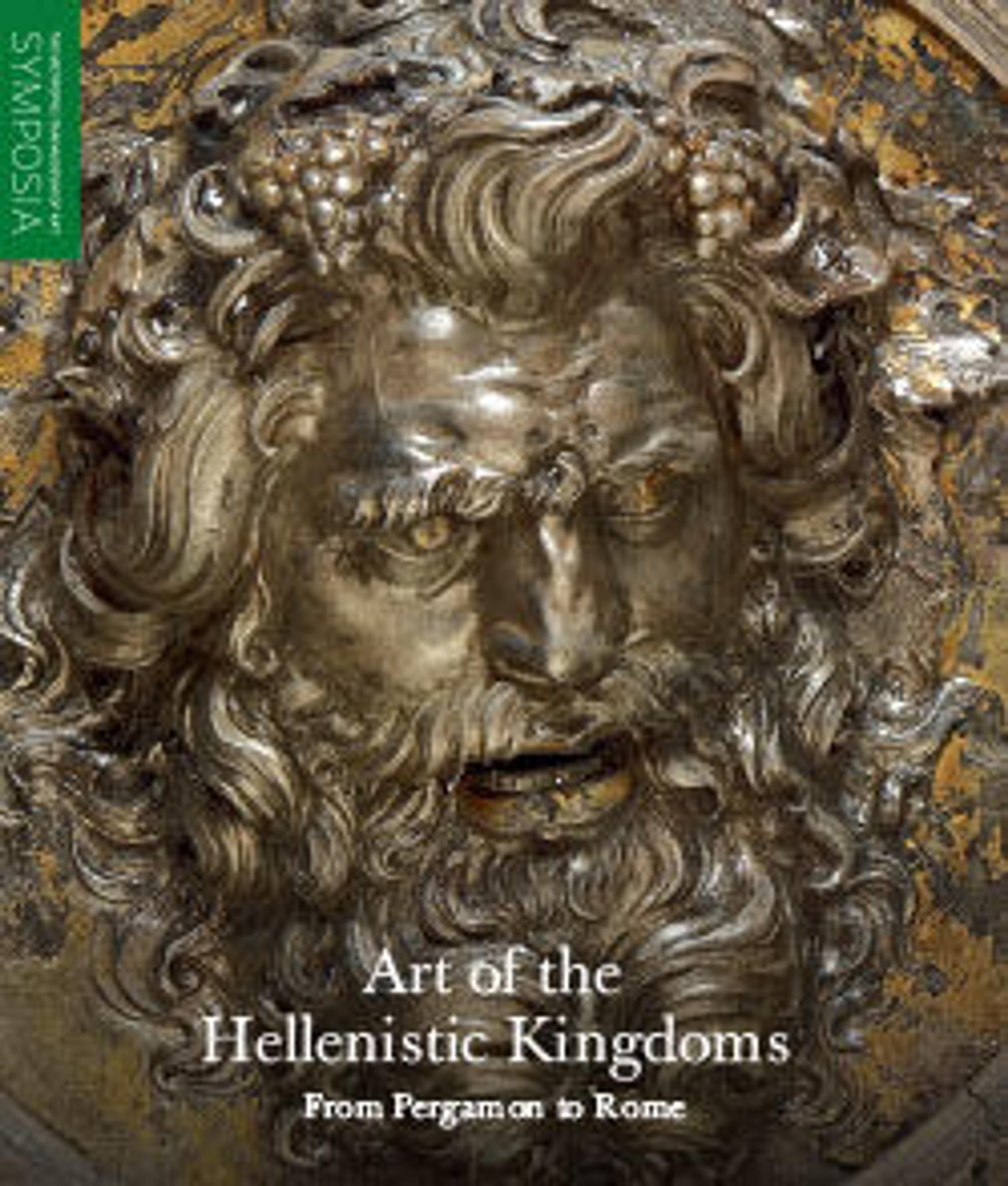Terracotta pelike (wine jar)
Obverse, Greeks fighting Amazons
Reverse, maenad between two satyrs
In many Attic vases of the fourth century B.C., the figural decoration and the surface of the vase are no longer in the perfect harmony that earlier vase-painters were able to achieve. The bodies seem almost three-dimensional, and the composition is confused apparently in an attempt to imitate large contemporary panel and wall paintings. The addition of much white, yellow, and gilding is typical of what is traditionally known as the "Kerch style" because many such vases have been found in princely tombs in the area of Kerch in the Crimea on the northern shore of the Black Sea.
Reverse, maenad between two satyrs
In many Attic vases of the fourth century B.C., the figural decoration and the surface of the vase are no longer in the perfect harmony that earlier vase-painters were able to achieve. The bodies seem almost three-dimensional, and the composition is confused apparently in an attempt to imitate large contemporary panel and wall paintings. The addition of much white, yellow, and gilding is typical of what is traditionally known as the "Kerch style" because many such vases have been found in princely tombs in the area of Kerch in the Crimea on the northern shore of the Black Sea.
Artwork Details
- Title:Terracotta pelike (wine jar)
- Artist:Attributed to the Amazon Painter
- Period:Classical
- Date:2nd half of the 4th century BCE
- Culture:Greek, Attic
- Medium:Terracotta; red-figure
- Dimensions:H. 17 in. (43.2 cm)
- Classification:Vases
- Credit Line:Rogers Fund, 1906
- Object Number:06.1021.195
- Curatorial Department: Greek and Roman Art
More Artwork
Research Resources
The Met provides unparalleled resources for research and welcomes an international community of students and scholars. The Met's Open Access API is where creators and researchers can connect to the The Met collection. Open Access data and public domain images are available for unrestricted commercial and noncommercial use without permission or fee.
To request images under copyright and other restrictions, please use this Image Request form.
Feedback
We continue to research and examine historical and cultural context for objects in The Met collection. If you have comments or questions about this object record, please contact us using the form below. The Museum looks forward to receiving your comments.
